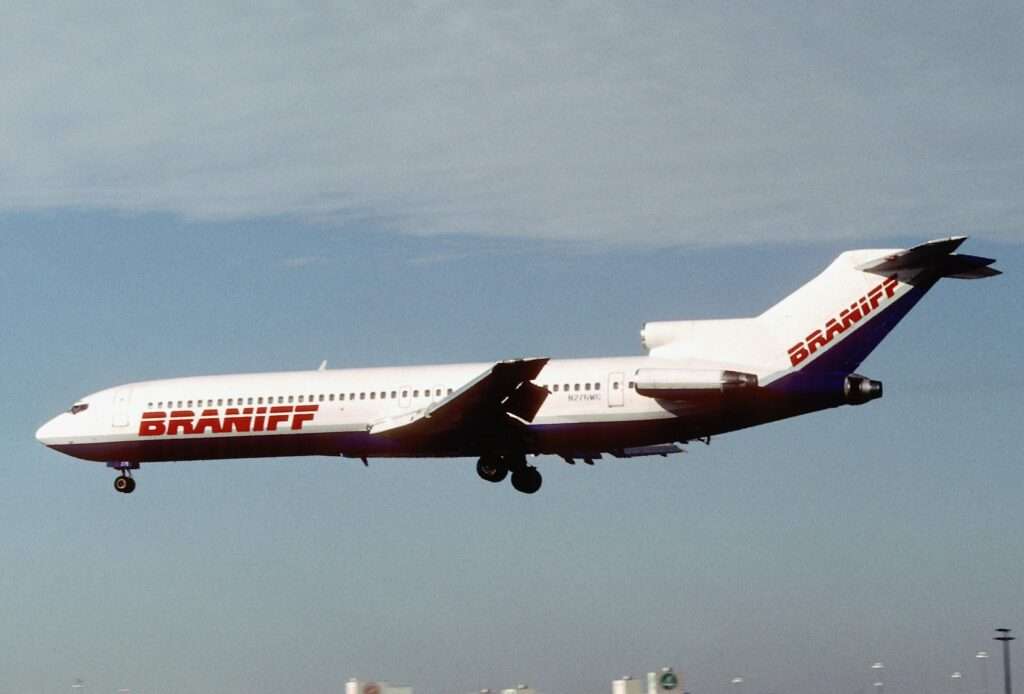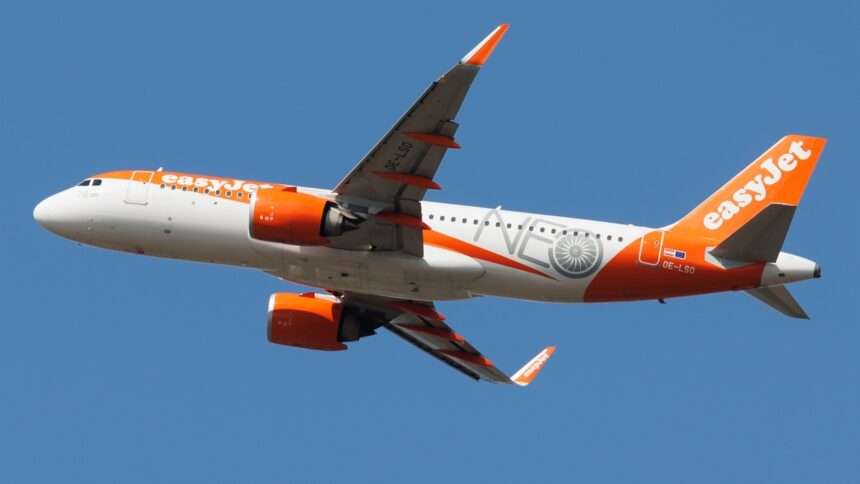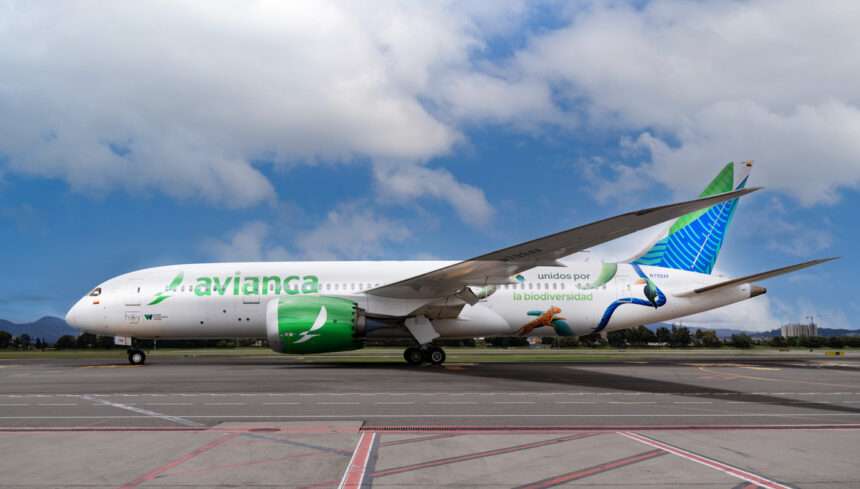Braniff Airways, once a major player in the aviation industry, soared through the skies for over five decades.
Its story is a captivating tale of innovation, international expansion, and ultimately, a struggle to stay afloat amidst a changing airline landscape.
Taking Flight: From Oklahoma to the Americas (1928-1948)
The roots of Braniff can be traced back to 1928, when brothers Thomas E. Braniff and Paul R. Braniff launched the Tulsa-Oklahoma City Airline.
With a single-engine Stinson Detroiter, they catered to oil executives needing a quicker way to travel between the two Oklahoma cities.
Incorporated in 1930 as Braniff Airways, the airline quickly expanded its routes and fleet, capitalizing on a lucrative airmail contract in 1934.
World War II saw Braniff contribute significantly to the war effort, with over half its fleet serving the military.
However, the conflict also presented an opportunity for international expansion.
During the war, Braniff began flying contract routes to the Panama Canal Zone, laying the groundwork for its future focus on Latin America.
In the post-war boom, Braniff extended its services to South American countries like Peru, Brazil, Argentina, and Colombia, becoming a major player in the region.
Braniff International: The Age of Innovation (1948-1970s)

In 1948, Braniff Airways officially became Braniff International Airways, reflecting its growing international presence.
The airline became known for its innovative spirit. It embraced new technologies, acquiring some of the first Boeing 707 jetliners in the late 1950s.
Braniff also revolutionized in-flight service, introducing the “El Dorado” first-class cabins with plush seating and gourmet meals.
The 1960s saw Braniff embrace a more modern and stylish image.
The airline partnered with the renowned designer Emilio Pucci to create a vibrant new color scheme for its aircraft and uniforms.
This “The End of the Plain Plane” campaign garnered significant publicity and helped Braniff stand out in a crowded market.
Braniff continued its international expansion, acquiring Panagra, a major airline operating in South America, further solidifying its Latin American dominance.
A Turbulent Descent: The Challenges of the 1970s and 1980s

Despite its success, the 1970s brought unforeseen challenges for Braniff.
Deregulation of the airline industry in the United States led to increased competition, with new low-cost carriers chipping away at Braniff’s market share.
The oil crisis of the 1970s also led to a significant increase in fuel costs, further straining the airline’s finances.
Braniff’s leadership made a series of risky decisions in an attempt to stay competitive.
They embarked on an ambitious expansion into Europe and Asia, routes that proved unprofitable.
Additionally, internal struggles and a series of labor strikes further hampered Braniff’s operations.
By the early 1980s, Braniff was drowning in debt.
In 1982, after several failed attempts at restructuring, the airline was forced to cease operations.
Braniff’s Legacy: A Pioneering Spirit

Braniff’s story is one of both triumph and struggle.
It was a pioneer in the airline industry, embracing innovation in technology, design, and service.
Braniff’s “El Dorado” service and the “End of the Plain Plane” campaign remain iconic examples of pushing boundaries in passenger experience.
However, its aggressive expansion plans and inability to adapt to a changing market environment ultimately led to its downfall.
Although the airline itself ceased operations in 1982, the Braniff name still lives on through its subsidiary companies that continue to operate in the travel and hospitality sectors.
Braniff’s legacy serves as a reminder of the importance of adaptability and sound financial management in the ever-evolving world of aviation.

Click the banner to subscribe to our weekly newsleter.

Click the photo to join our WhatsApp channel so then you can stay up to date with everything going on in the aviation industry!








